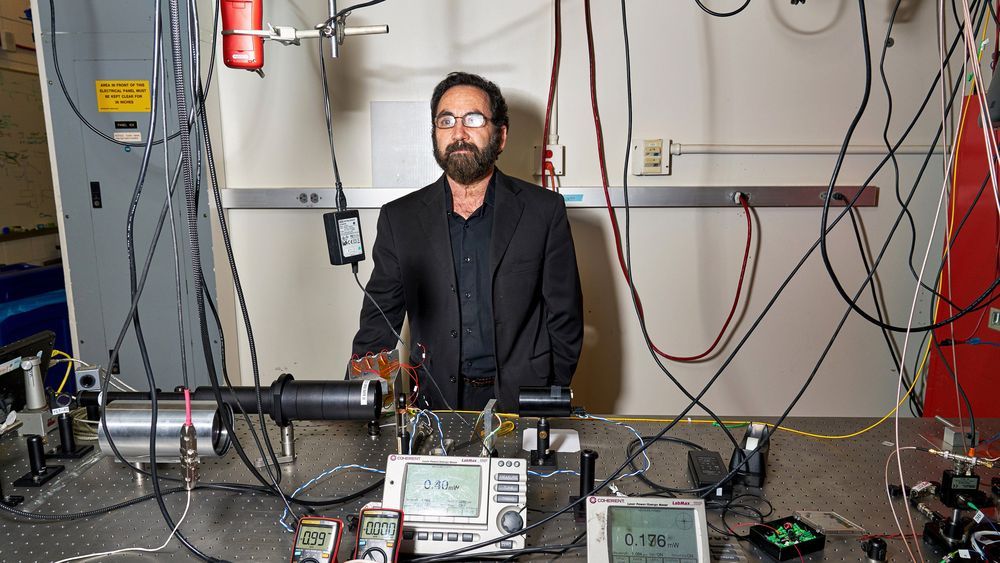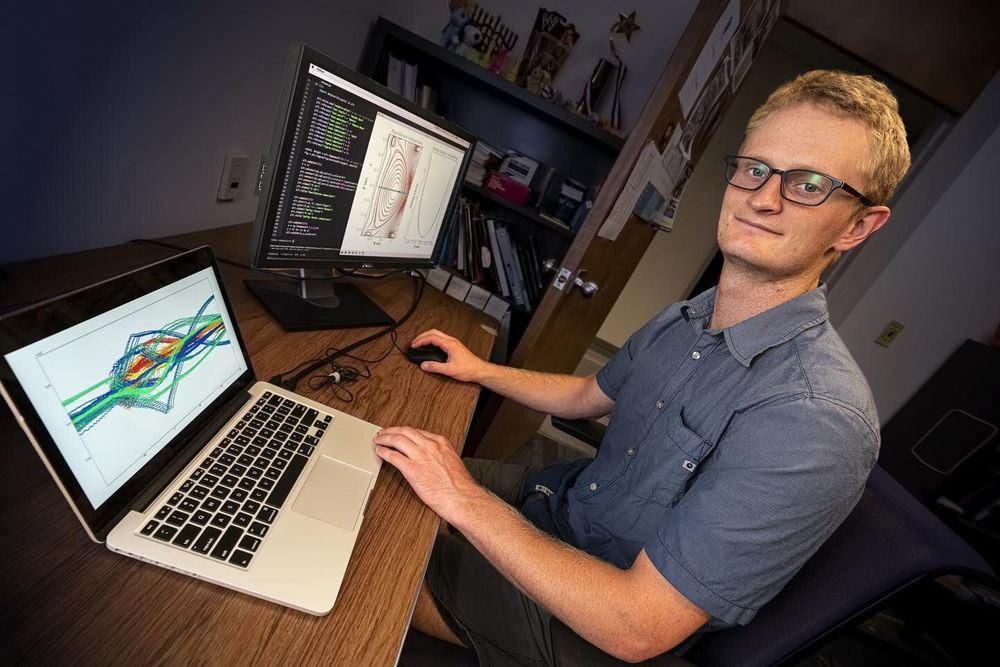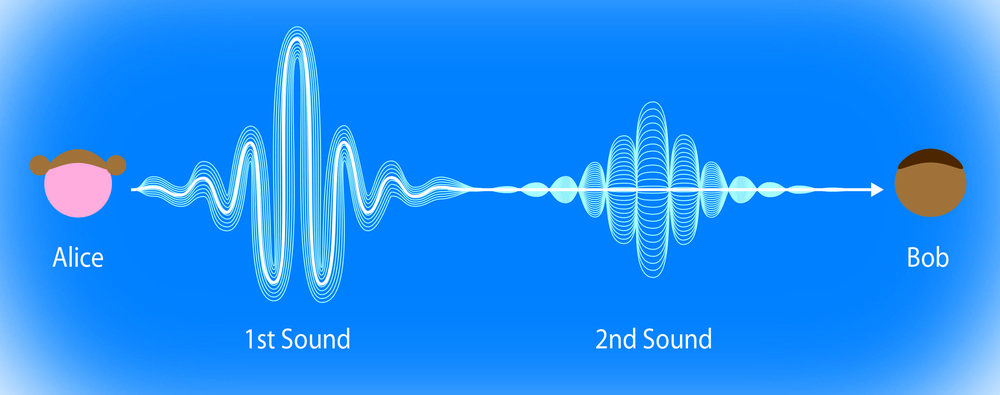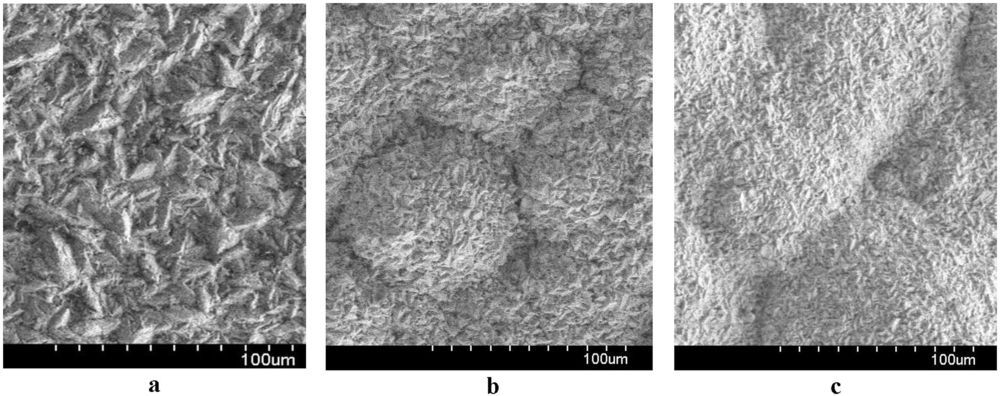Turn data collection into an experience with Typeform. Create beautiful online forms, surveys, quizzes, and so much more. Try it for FREE.
Page 7625
Jul 12, 2019
Yale researchers revive cells in dead pig brains
Posted by Genevieve Klien in categories: biotech/medical, neuroscience
YaleNew
In a stunning scientific breakthrough, Yale School of Medicine researchers restored brain activity in pigs that had died hours before. The finding could revolutionize the neuroscience field and how scientists conceive the boundaries between life and death.
By circulating a cocktail of cell-rejuvenating compounds throughout the pigs’ brains, the researchers prevented tissue decomposition and restored some cell function. If replicated, their technique could be used as a model for drug testing and has implications for how scientists understand brain plasticity after traumatic events such as strokes.
Jul 12, 2019
EU to run war games to prepare for Russian and Chinese cyber-attacks
Posted by Derick Lee in category: cybercrime/malcode
Last week the EU’s leaders committed at a summit in Brussels to “a coordinated response to hybrid and cyber-threats” and asked the European commission and member states to “work on measures to enhance the resilience and improve the security culture” of the bloc.
Ministers to be put in fictional scenarios after series of hacking incidents.
Jul 12, 2019
First evidence of chronic pain in insects points to a root cause in humans
Posted by Genevieve Klien in category: biotech/medical
The drugs we’ve developed to help us deal with chronic pain largely focus on suppressing its symptoms, rather than eliminating its underlying causes. By studying the way pain works in injured fruit flies, scientists have for the first time uncovered evidence that its effects can be long-lasting, something they say opens up new opportunities for more effective treatments in humans.
Jul 12, 2019
Inside Starshot, the audacious plan to shoot tiny ships to Alpha Centauri
Posted by Klaus Baldauf in category: space travel
Starshot wants to build the world’s most powerful laser and aim it at the closest star. What could go wrong?
Jul 11, 2019
Discovered: A new way to measure the stability of next-generation magnetic fusion devices
Posted by Quinn Sena in categories: mapping, nuclear energy, space
Scientists seeking to bring to Earth the fusion that powers the sun and stars must control the hot, charged plasma—the state of matter composed of free-floating electrons and atomic nuclei, or ions—that fuels fusion reactions. For scientists who confine the plasma in magnetic fields, a key task calls for mapping the shape of the fields, a process known as measuring the equilibrium, or stability, of the plasma. At the U.S. Department of Energy’s (DOE) Princeton Plasma Physics Laboratory (PPPL), researchers have proposed a new measurement technique to avoid problems expected when mapping the fields on large and powerful future tokamaks, or magnetic fusion devices, that house the reactions.
Neutron bombardments
Such tokamaks, including ITER, the large international experiment under construction in France, will produce neutron bombardments that could damage the interior diagnostics now used to map the fields in current facilities. PPPL is therefore proposing use of an alternative diagnostic system that could operate in high-neutron environments.
Jul 11, 2019
A new path to understanding second sound in Bose-Einstein condensates
Posted by Quinn Sena in category: quantum physics
There are two sound velocities in a Bose-Einstein condensate. In addition to the normal sound propagation there is second sound, which is a quantum phenomenon. Scientists in Ludwig Mathey’s group from the University of Hamburg have put forth a new theory for this phenomenon.
When you jump into a lake and hold your head under water, everything sounds different. Apart from the different physiological response of our ears in air and water, this derives from the different sound propagation in water compared to air. Sound travels faster in water, checking in at 1493 m/s, on a comfortable summer day of 25°C. Other liquids have their own sound velocity, like alcohol with 1144 m/s, and helium, if you go to a chilling −269°C for its liquefied state, with 180 m/s.
These liquids are referred to as classical liquids, examples for one of the primary states of matter. But if we cool down that helium a few degrees more, something dramatic happens, it turns into a quantum liquid. This macroscopic display of quantum mechanics is a superfluid, a liquid that flows without friction.
Jul 11, 2019
When the tech leaders of the world rethink 5g… #heresyoursign
Posted by Victoria Generao in category: internet
Japan will not develop and invest in the creation of fifth-generation mobile networks. This is stated on the official website of the Ministry of High Technologies of the country. Officials expressed.
Jul 11, 2019
Electromagnetic radiation protection shields developed
Posted by Quinn Sena in categories: education, nanotechnology, physics
The environment contains electromagnetic radiation and magnetic fields of natural and artificial origin. Even a short electromagnetic pulse is enough to knock any equipment out of operation. Candidate of Sciences (Physics and Mathematics) Aleksey Trukhanov, senior research fellow at the SUSU Nanotechnologies Research and Education Center, is studying electrolytic films to develop electromagnetic and magnetic shields capable of neutralizing this radiation.
“The issue of electromagnetic compatibility of devices is very topical today. One of the most popular methods of equipment protection used around the world is shielding—creating electromagnetic and magnetic shields. But every developer has his own design approaches and secrets, which he naturally wouldn’t share. Suffice it to say that the cost of products with and without protective shielding may differ tenfold and more,” says Trukhanov.
Normally, heavy elements are used as the material for shielding, as they efficiently absorb high-energy radiation. Bismuth is a heavy metal with high density and high number of shell electrons. This makes it analogous to such widely used materials as lead. However, in the ratio of the protection efficiency to mass-size parameters (as well as with consideration to the ecological aspect) bismuth is the best option.


















